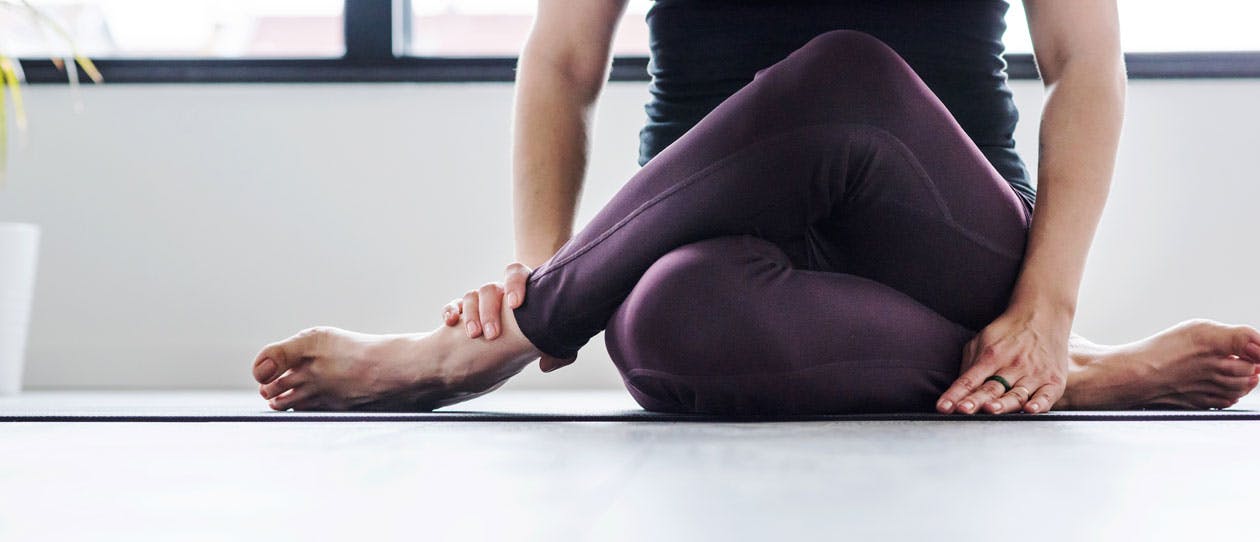What is delayed onset muscle soreness?
Delayed onset muscle soreness (DOMS) is a condition involving muscular pain which occurs one to three days after physical activity. It's more likely to happen to people embarking on a new exercise program, or who are engaging in a new activity, especially:
- In-experienced trainers returning from injury
- In-experienced trainers who may have had a long layoff between workouts
- Anyone who has altered their usual training routine, such as increasing the duration or intensity of exercise, or trying a new exercise
For example, if you run three times a week on a regular basis, but play a random game of tennis, you may still experience DOMS. The actual pain is thought to be an inflammatory response that occurs due to micro-tears in the muscle fibres.
Other symptoms of DOMS may include reduced range of motion, reduced muscle strength, and swelling or tightness. It's thought DOMS may be a protective mechanism that assists in muscle repair, as the body makes it difficult to perform similar movements in the days afterwards.
Tips to minimise and prevent DOMS
Most people who exercise will experience DOMS at some point in their lives. But there are strategies you can adopt to prevent DOMS, or minimise its impact:
- Warm up - A warm up increases circulation to your working muscles and prepares the body for exercise. A warm up should elevate your heart rate above 100 beats per minute
- Take it easy when starting out – If you have been inactive for some time, or if you are returning from injury, ease yourself gently into exercise over a few weeks
- Stretch after exercise – Stretching helps to boost your recovery after exercise and may help to reduce the impact of DOMS. Make sure to stretch the specific muscles used during your activity
- Make adjustments for your age - If you are 40 or older, increase your focus on strength and flexibility as part of your preparation for physical activity. Extra rest and recovery may also help to compensate for the age-related physiological changes which may reduce the body’s ability to recover from exercise


